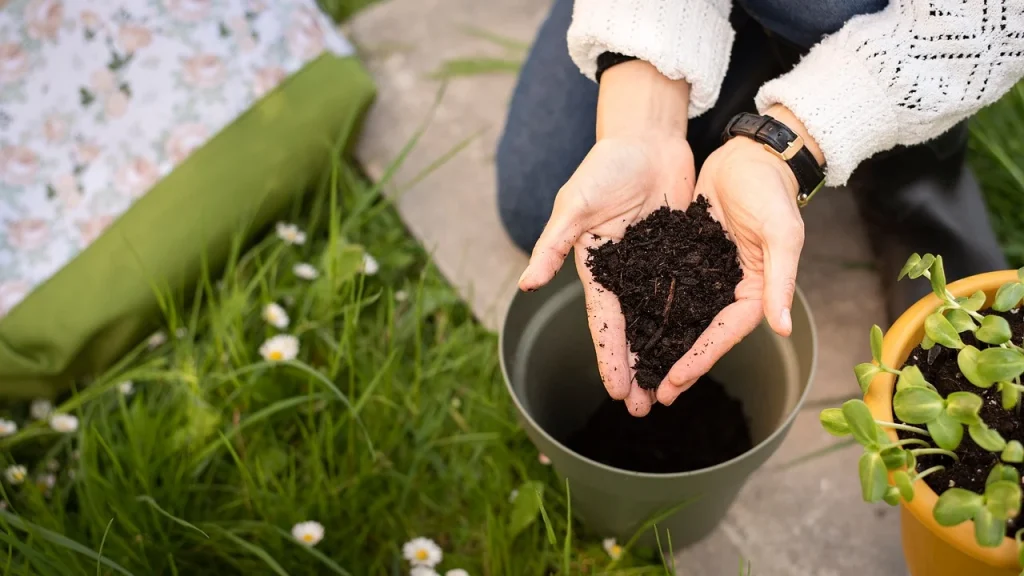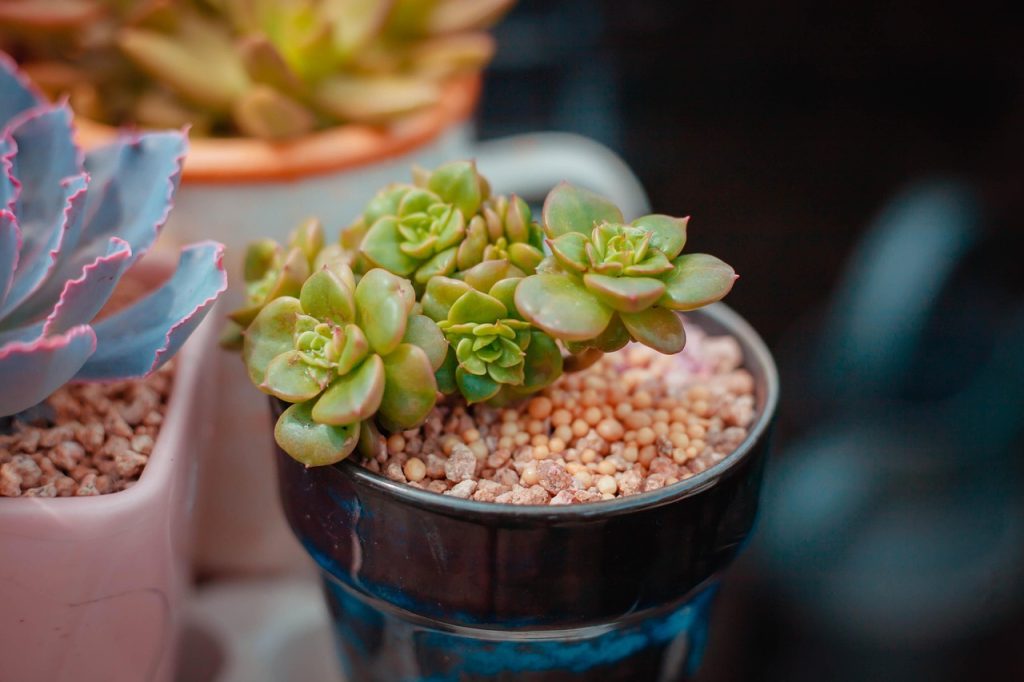Houseplants bring a touch of nature into our homes, enhancing our living spaces with their lush greenery while purifying the air we breathe. However, caring for indoor plants can sometimes feel like a daunting task, especially for beginners. This comprehensive guide will walk you through all aspects of houseplant care, ensuring that your leafy companions thrive and flourish. From understanding the needs of different plant types to troubleshooting common issues, we’ve got you covered.

Understanding Your Plant’s Needs
Each houseplant care species has unique requirements that must be met for optimal growth. Understanding these needs is the first step in ensuring your plants remain healthy. Here, we delve into the essential factors that influence plant health.
Light Requirements
Light is crucial for photosynthesis, the process by which plants convert light into energy. Different plants have varying light needs:
- Low Light Plants: Ideal for rooms with little natural light, such as snake plants and pothos.
- Medium Light Plants: Require indirect sunlight, like peace lilies and spider plants.
- High Light Plants: Thrive in bright, direct light, such as succulents and cacti.
Position your plants accordingly, and consider using grow lights if natural light is insufficient.
Watering Techniques
Proper watering is essential but often misunderstood. Over-watering is a common mistake. Follow these guidelines:
- Check Soil Moisture: Insert a finger an inch into the soil. If it feels dry, it’s time to water.
- Water Evenly: Ensure water reaches the roots by watering until it drains from the bottom.
- Adjust Seasonally: Reduce watering in winter when most plants are dormant.
Humidity and Temperature
Most houseplants prefer a humid environment, akin to their tropical origins. Here’s how to maintain ideal conditions:
- Mist Leaves: Regular misting can increase humidity around the plant.
- Use a Humidifier: Beneficial in dry climates or during winter months.
- Maintain Consistent Temperatures: Avoid sudden temperature fluctuations and keep plants away from drafts.
Choosing the Right Soil
The soil or potting mix you use plays a vital role in plant health. Different plants thrive in different types of soil:
Cactus and Succulent Soil
This soil type is well-draining and ideal for desert plants. It usually contains sand, perlite, or pumice to prevent water retention.
Orchid Mix
Orchids require a special mix that allows for excellent drainage and aeration, often containing bark, charcoal, and perlite.
General Potting Mix
Suitable for most houseplant care, this mix is a blend of peat, vermiculite, and compost, providing a balanced environment for root growth.
Fertilization: Feeding Your Plants
Plants need nutrients to grow, which they typically get from the soil. In containers, these nutrients need to be replenished regularly:
Types of Fertilizers
- Liquid Fertilizers: Easy to apply and quickly absorbed by plants. Ideal for regular feeding.
- Slow-Release Granules: Provide nutrients over time, reducing the need for frequent applications.
- Organic Options: Compost tea or fish emulsion are great for those looking to go organic.
Follow the instructions on packaging for best results, and avoid over-fertilizing, which can damage plant roots.

Repotting: When and How to Do It
Repotting is essential for plant growth as it provides fresh soil and more space for roots. Here’s how to know when and how to repot:
Signs Your Plant Needs Repotting
- Roots are growing through drainage holes.
- Water sits on the surface instead of being absorbed.
- The plant is top-heavy or looks like it’s outgrowing its pot.
Repotting Process
Choose a pot that is one size larger than the current one. Gently remove the plant from its existing pot, loosen any bound roots, and place it in the new container with fresh soil. Water thoroughly after repotting.
Common Houseplant Problems and Solutions
Even with the best care, plants can encounter problems. Here are some common issues and how to address them:
Yellowing Leaves
Often caused by overwatering or poor drainage. Ensure the pot has drainage holes and reduce watering frequency.
Pests
Common pests include spider mites, aphids, and mealybugs. Treat with insecticidal soap or neem oil, and isolate affected plants to prevent spreading.
Leaf Drop
This can result from sudden changes in temperature or light. Ensure stable conditions and avoid moving plants unless necessary.
Frequently Asked Questions
How Often Should I Water My Houseplants?
Watering frequency depends on the plant type, pot size, and environmental conditions. Generally, water when the top inch of soil is dry.
Can I Use Tap Water for My Plants?
Most houseplants are fine with tap water, but let it sit out overnight to allow chlorine to dissipate. Sensitive plants might prefer distilled or rainwater.
What Are the Best Houseplants for Beginners?
Low-maintenance plants like pothos, snake plants, and spider plants are great for beginners due to their resilience and adaptability.
Conclusion: Cultivating a Green Oasis
Caring for houseplant care is a rewarding journey that transforms your living space into a verdant oasis. By understanding the specific needs of your plants, providing the right conditions, and being vigilant about potential issues, you can enjoy the beauty and benefits of indoor greenery. With patience and attention to detail, anyone can become a successful plant parent. Remember, the more you learn about your plants, the more you’ll appreciate the intricate world of indoor gardening.